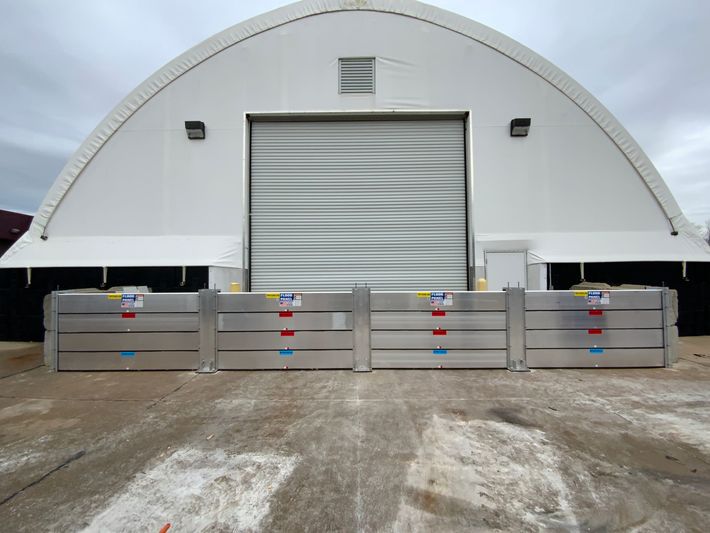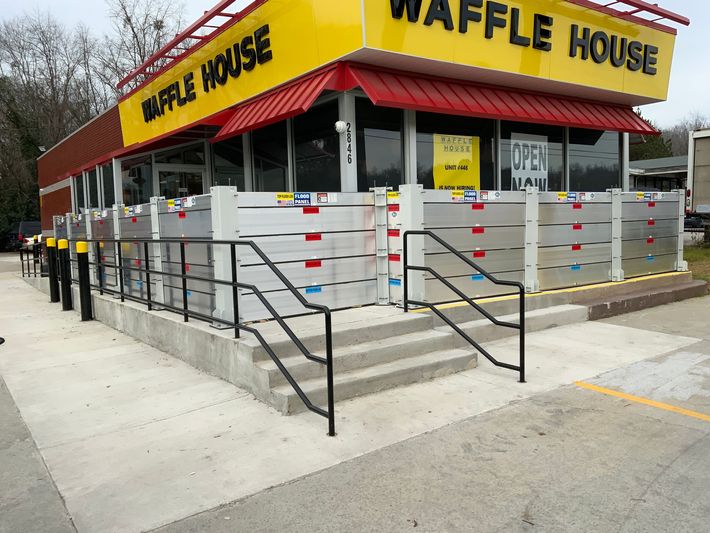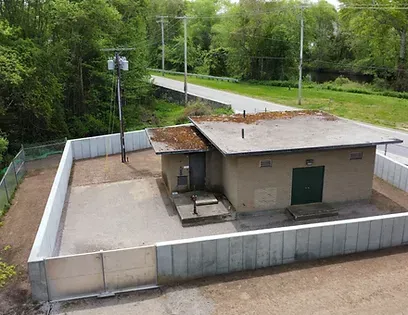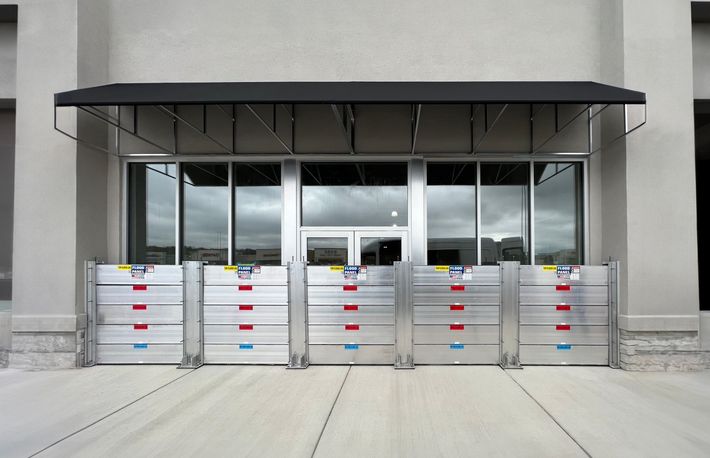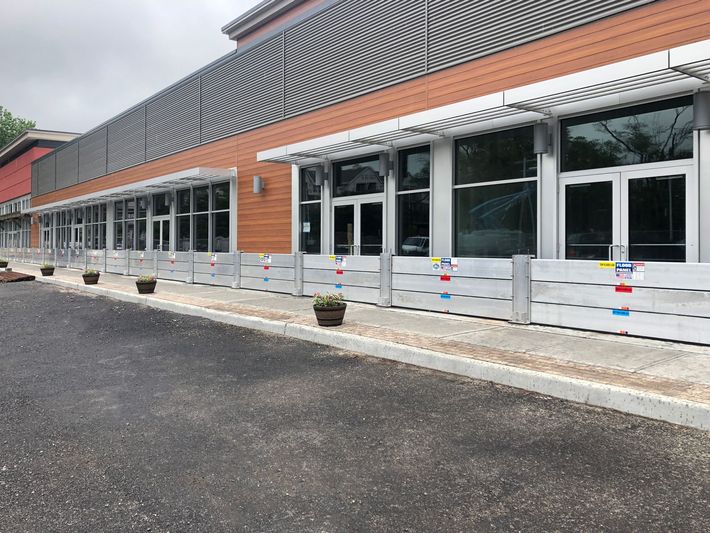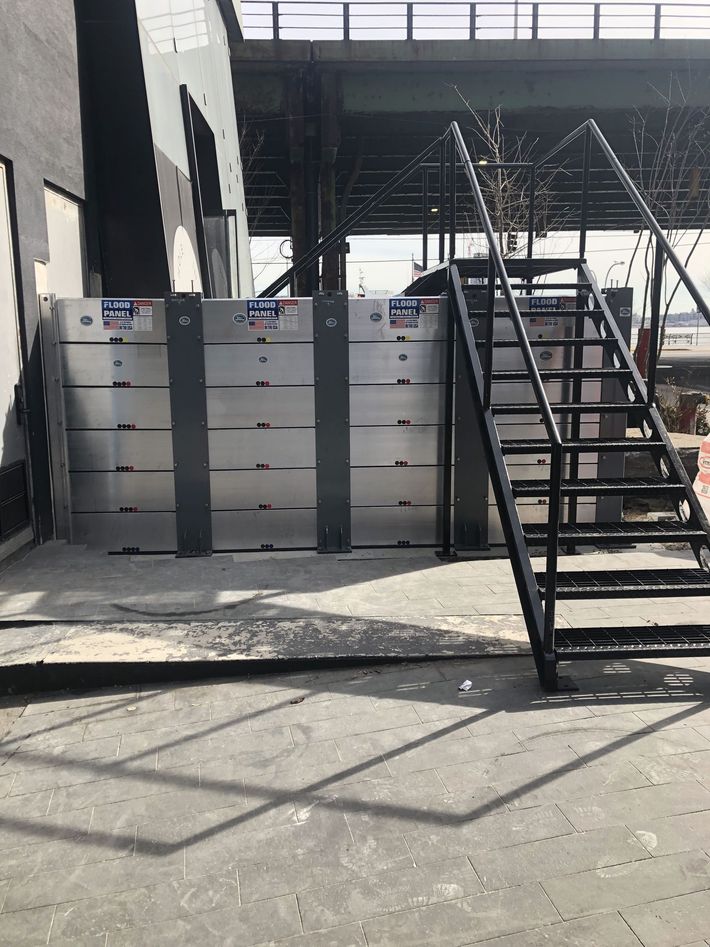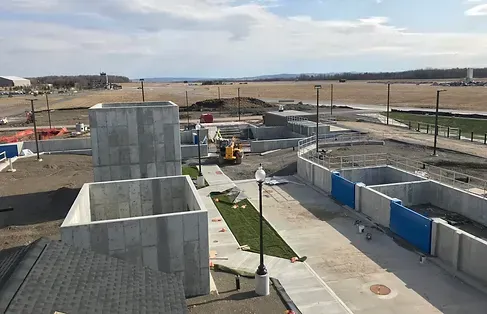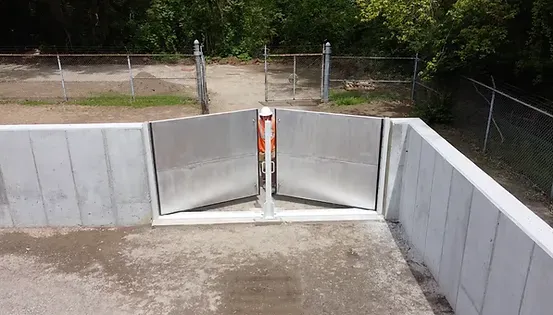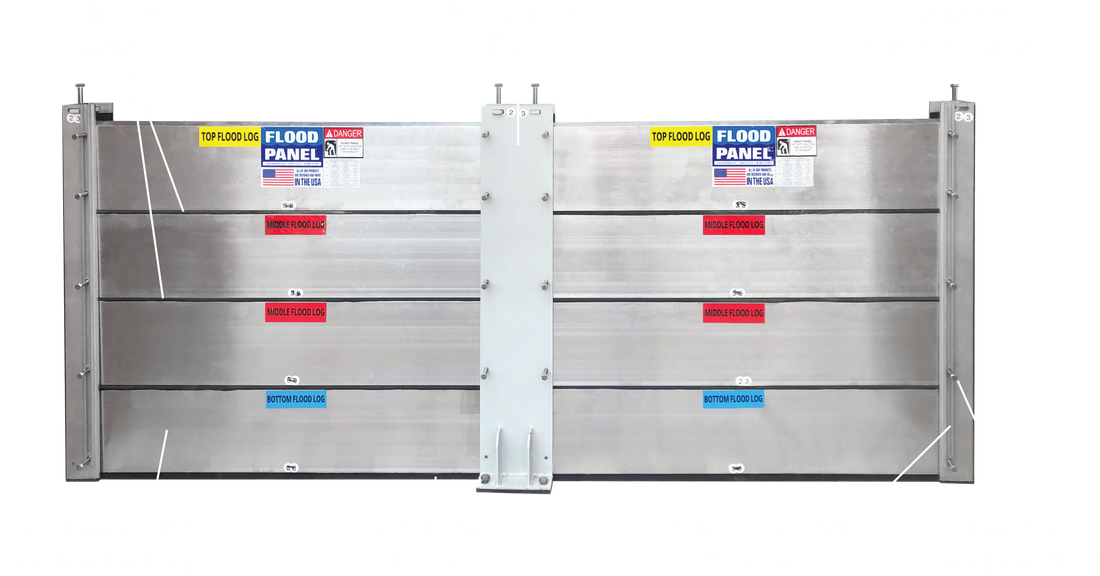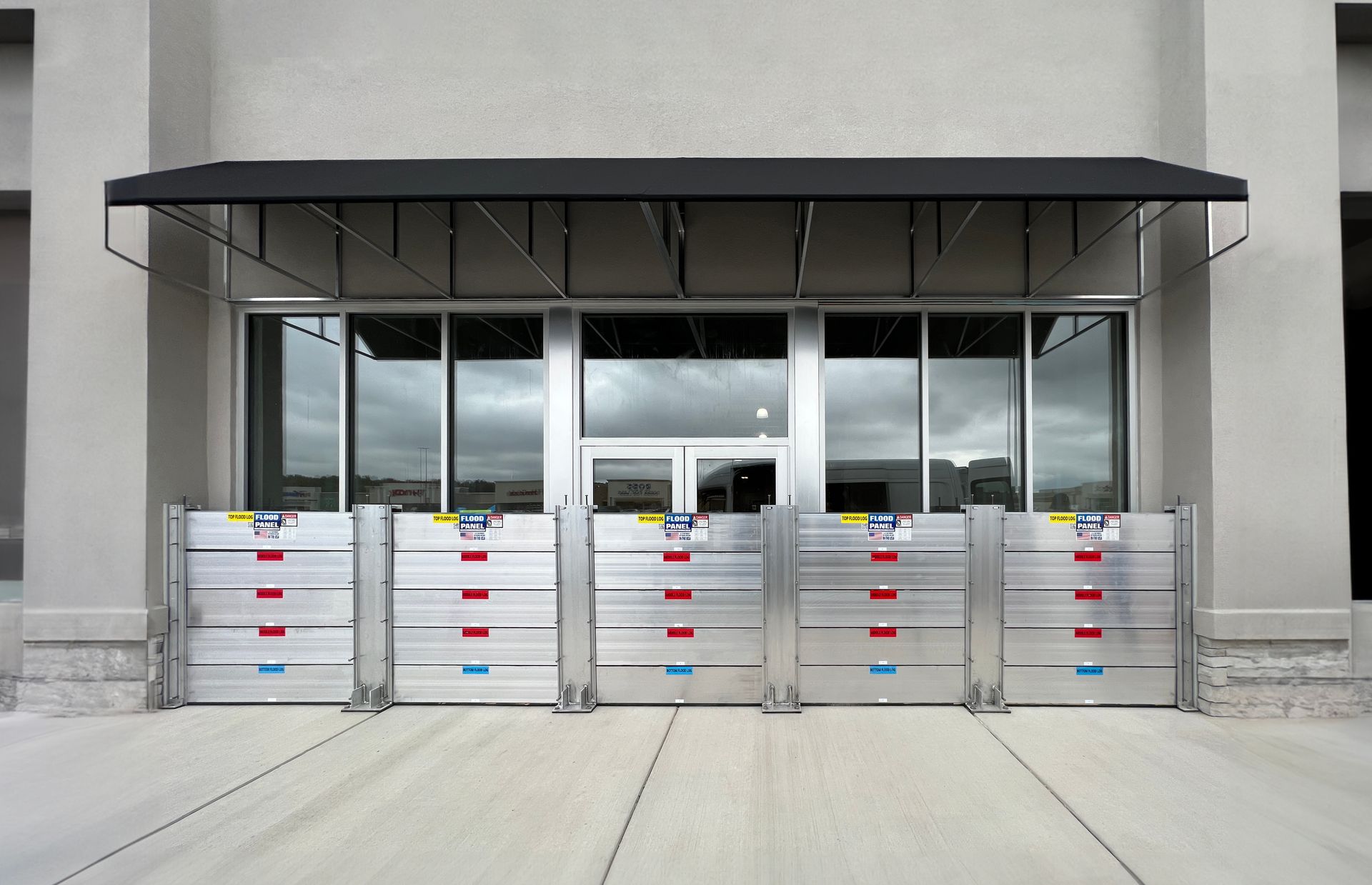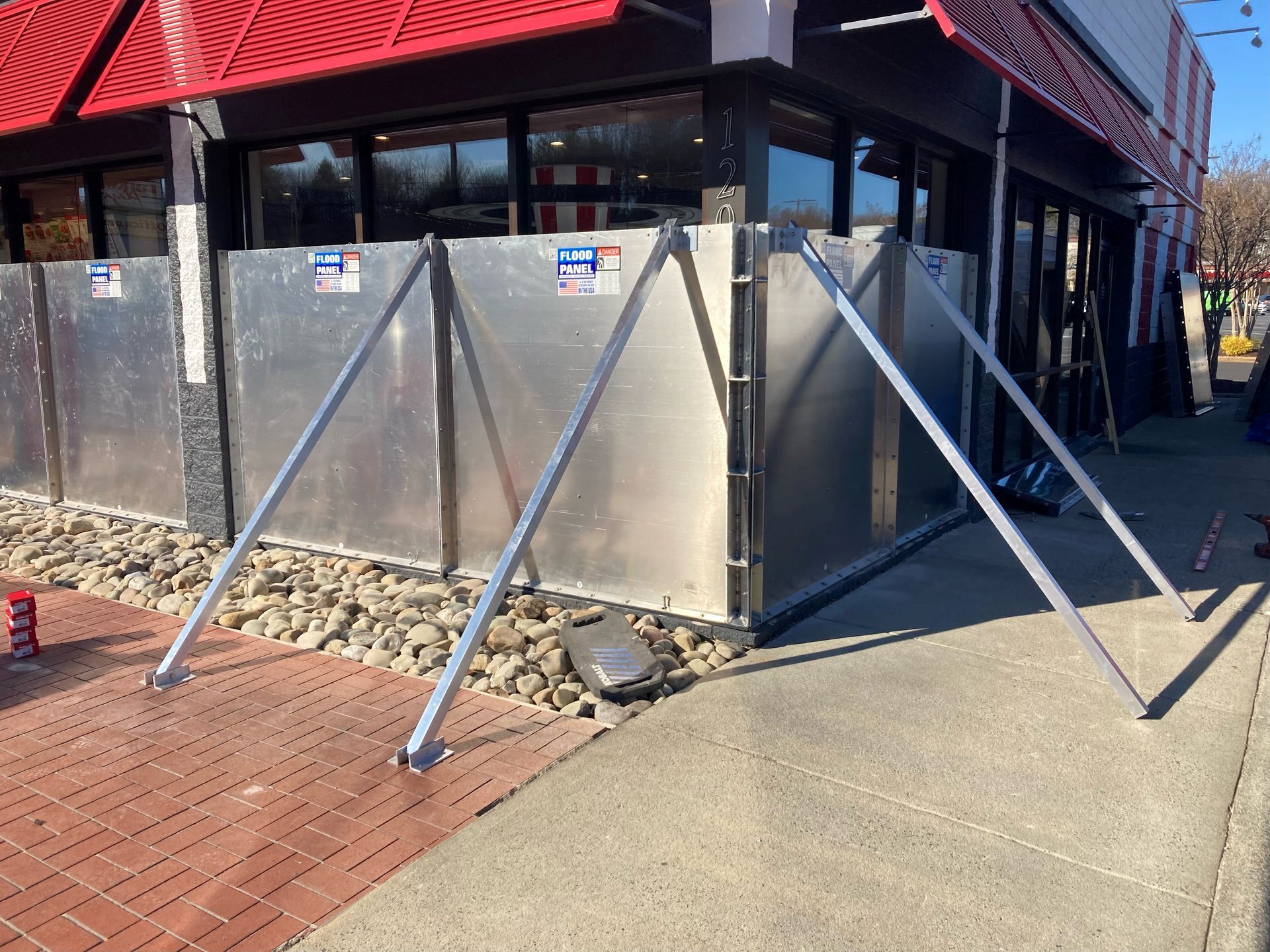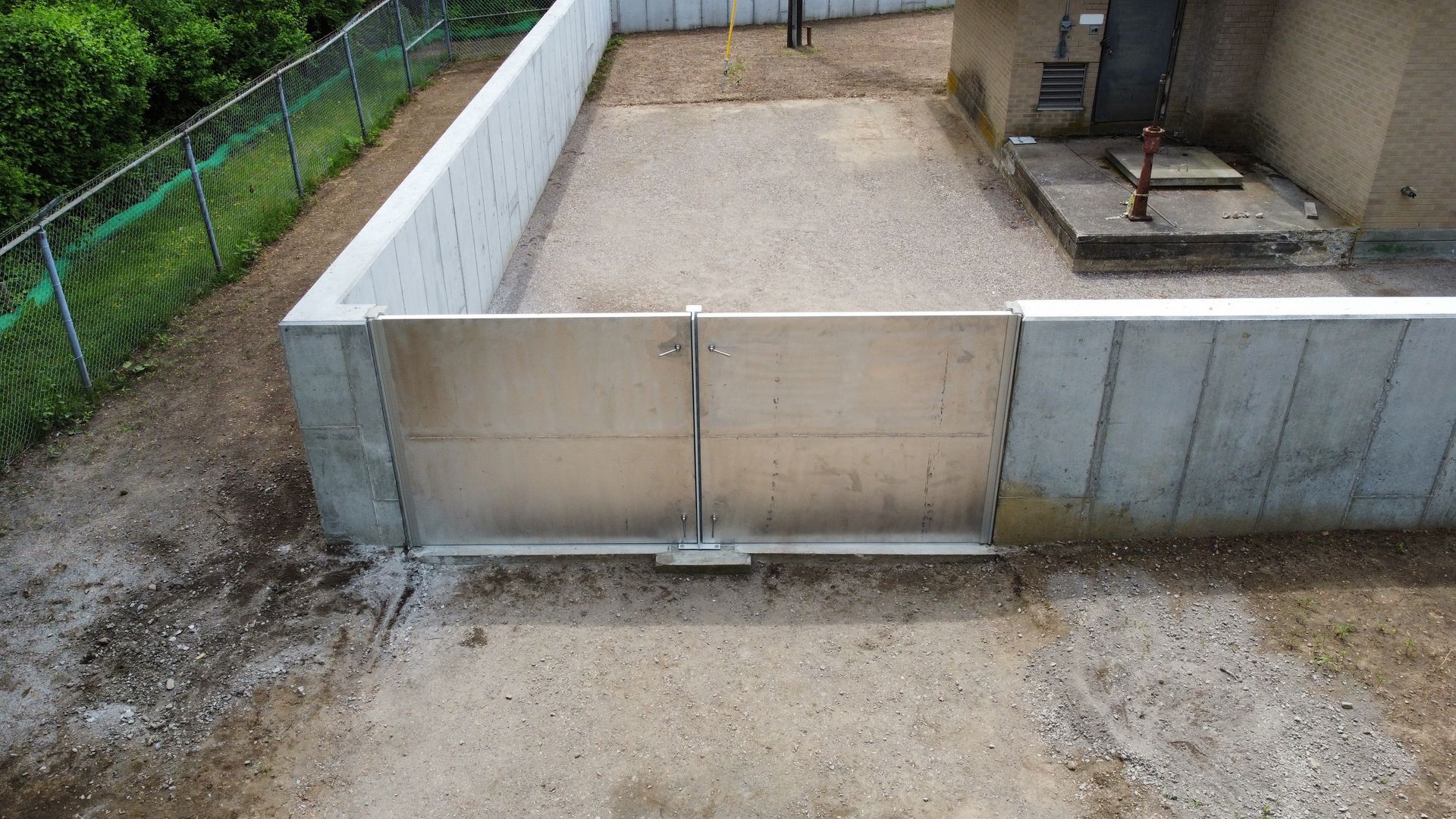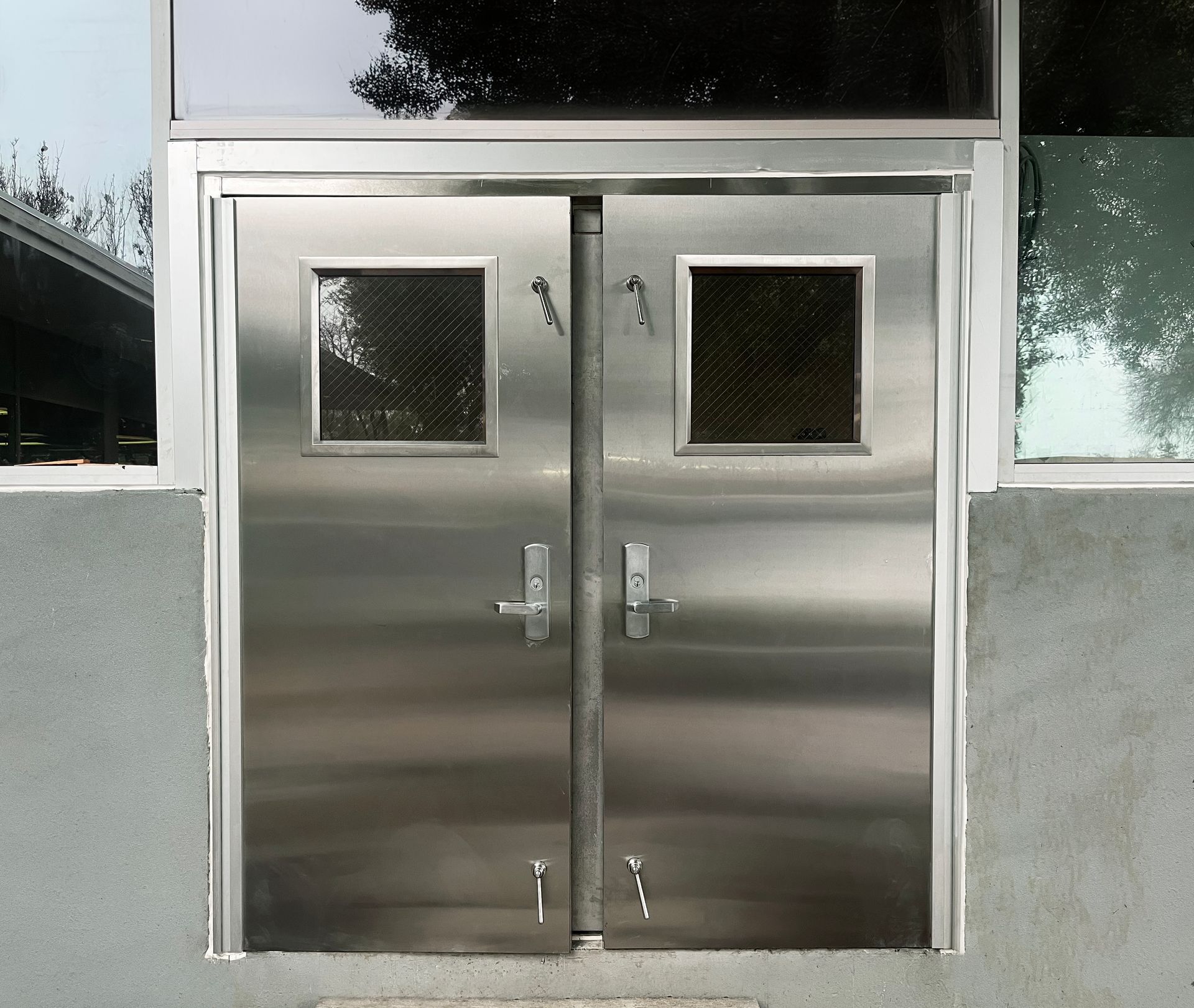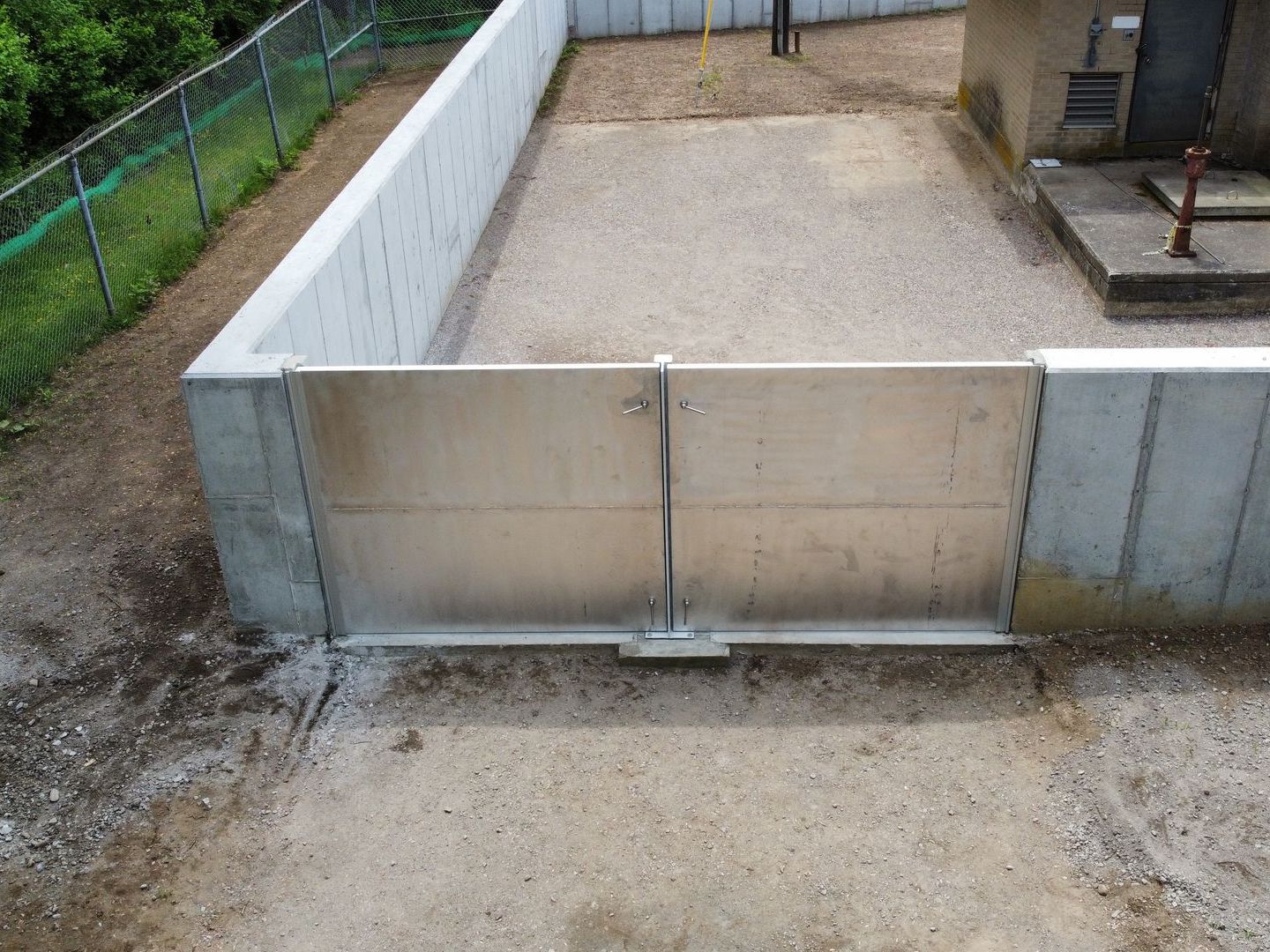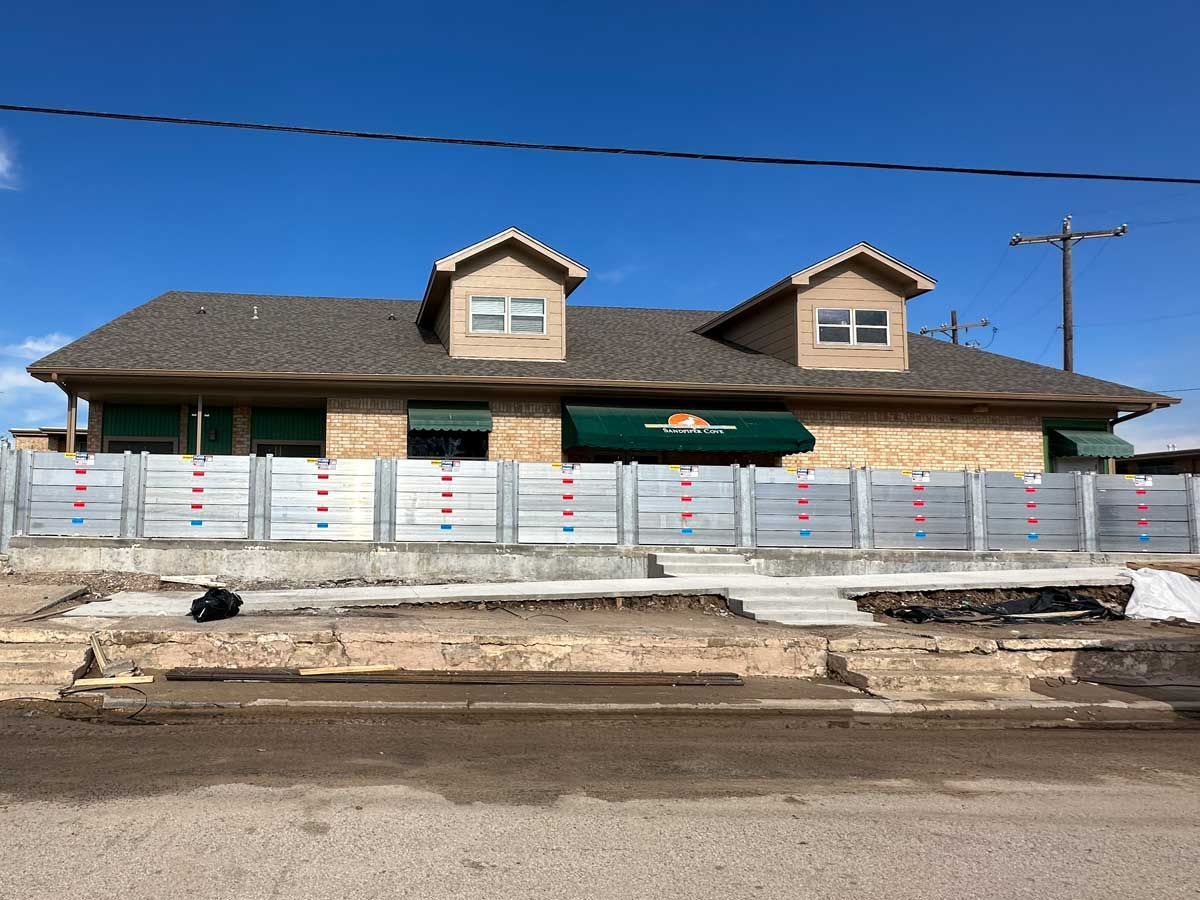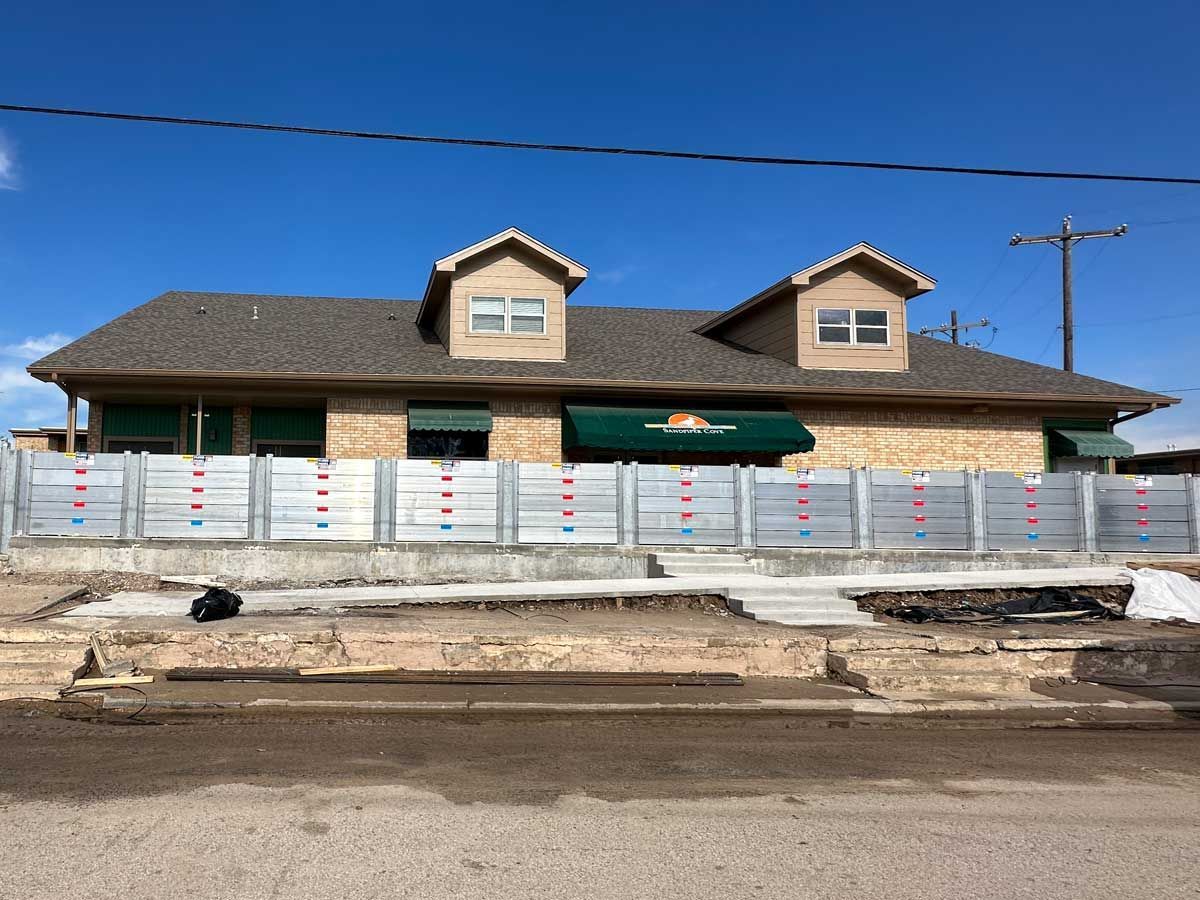Flood Protection
You Can Trust
Flood Panel is a Floodproofing.com product line that designs high-quality flood protection products for commercial projects. It is proudly made in the USA.
From design and manufacturing to installation, our team will ensure you have a flood protection product you can trust when needed.
Flood Panel Product Line
Why Should You Trust Flood Panel?
25+
Years of experience
500+
Successful projects
65+
Trained professionals
Testimonials
I would like to convey my appreciation to Flood Panel for their participation on our project; the Miami Beach Multipurpose Parking Facility. Their entire workforce from the administrative offices to their outside operations and installation teams, assisted in making this project a complete success. I look forward to working with Flood Panel in the future and would recommend their services to any company that asks.
Randy Egues, Project Manager, Tower OHL Group

Kindly be advised that our firm, Weitz DPR, is pleased to offer a recommendation for the excellent results provided by Flood Panel. It has been a great pleasure to work with Architecture Metals Ltd. on the Scripps Project. The success of this job was not only attributed to the experienced and courteous staff, but also to the superior product provided and their attention to details.
Frank Walls, Project Superintentendent, The Scripps Research Institute Project

I wanted to thank you John for the professional attitude you demonstrated as Project Manager during the installation of the flood proof doors, panels, and louvers here at Vero Beach Municipal Power Plant. Anytime I called for information you had the answer I needed and always made yourself available. It was a pleasure working with you on this project and seeing it to completion.
Thomas Clark, Power Plants Project Coordinator, Vero Beach Municipal Power Plant





